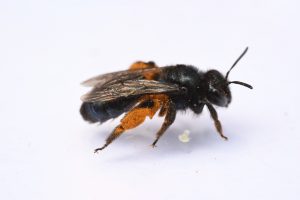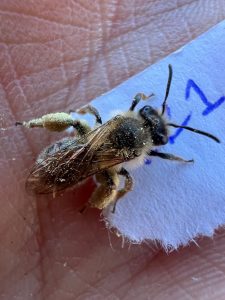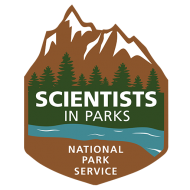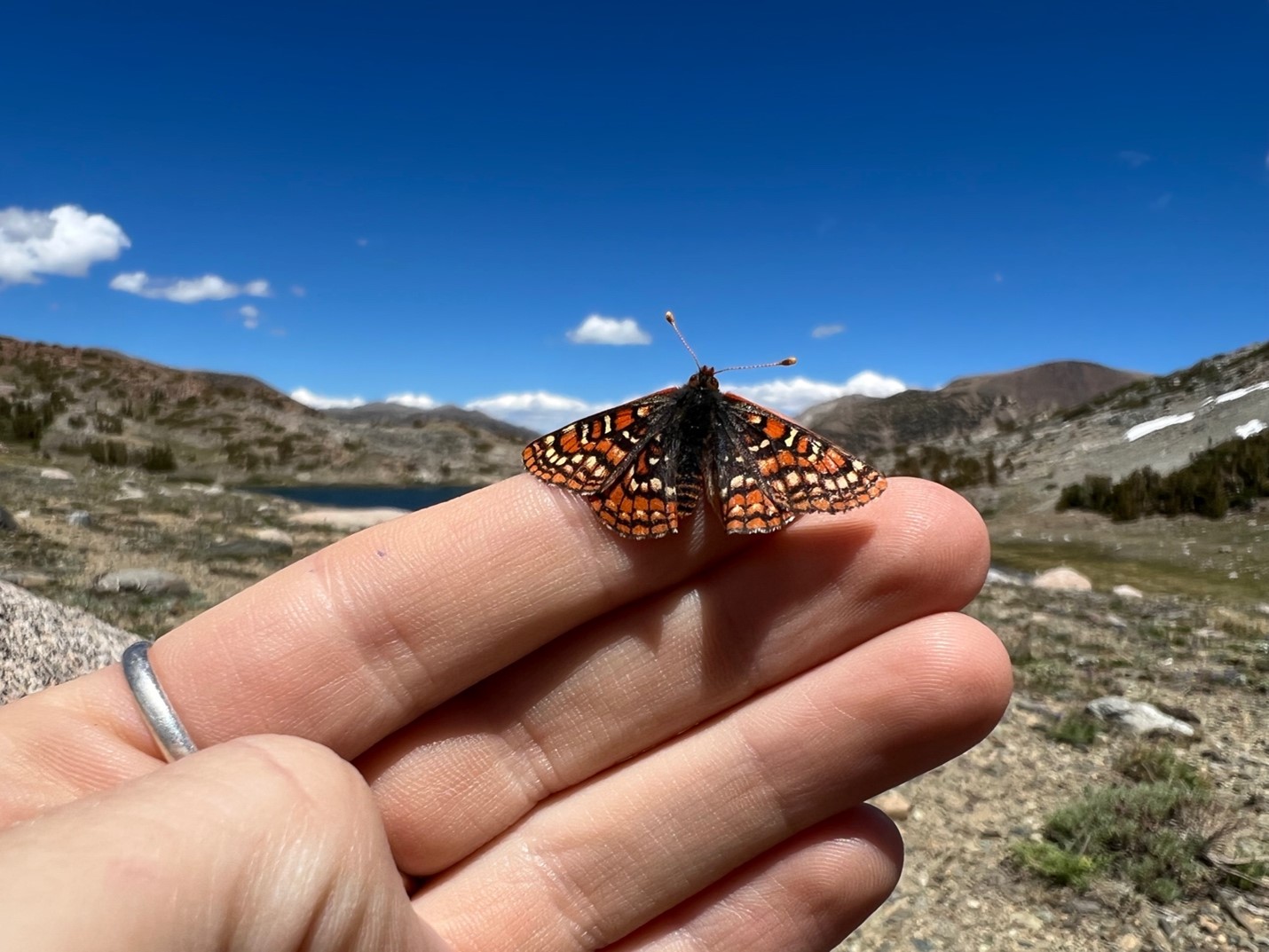
Traditionally, insect community sampling requires killing insects to examine them under a microscope for identification or genetic identification. For our pollinator surveys in Yosemite National Park, we have been using macrophotography as a noninvasive sampling technique. Macrophotography is a great tool that can be used for species that can be identified my morphological characteristics. This method also requires less skill than traditional sampling because taxonomic identification can be crowdsourced on sites like iNaturalist. However, there are limitations to a citizen science approach; species of small solitary bees cannot be identified to species level by using photograph. This method would be most useful for larger charismatic insects such as butterflies and bumble bees.

When photographing insects for citizen science it is important to take multiple photos of the same insect. For identification purposes of bees and other insects it is important to have clear photos of the face, hind legs, full view of all body segments (head, thorax, abdomen).
Macrophotography is often done using a DSLR camera. However, phones can work great for documenting insects, especially larger specimens.
If you have access to a DSLR camera here are some tips for photographing insects outdoors:
Camera Settings:
Shooting Setup
- Set the image size to Large
- Check the white balance settings
- Shoot photos in raw & JPEG
- Raw photos can be edited later
ISO
- Start with 100 with a flash system and bump up from there
- Higher ISO is more sensitive to light
Shutter Speed
- This should be set to at least the length of the lens being used
Aperture:
- High number = less light and a greater depth of field
- Low number = more light and less depth of field
- ~ F 11-16 for macrophotography
- This will depend on environment/lighting/colors/etc.
Before Shooting Tips:
- If shooting without a flash system, find a partially shaded area to shoot with filtered natural light
- Take a few test photos to check settings
Find out more about Yosemite National Park: https://www.nps.gov/yose/index.htm
Learn more about the Pollinator Hotshots project at Yosemite National Park here: https://yosemite.org/projects/yosemite-pollinator-hotshots/
Learn more about the California Bumble Bee Atlas: https://www.cabumblebeeatlas.org/about.html
Join our iNaturalist project and contribute to community science in Yosemite National Park: https://www.inaturalist.org/projects/yose-pollinators-2022

